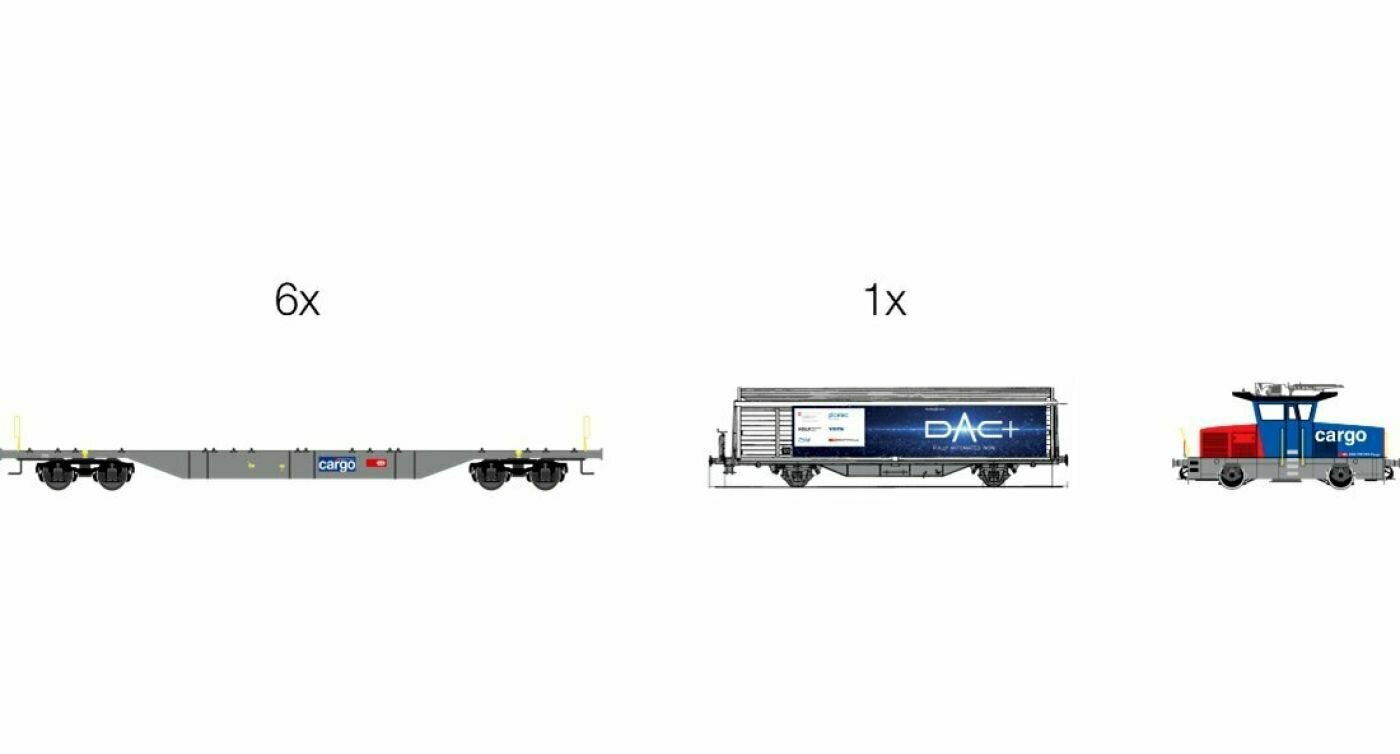A consortium led by SBB Cargo recently submitted a report to the Swiss Federal Office of Transport (FOT) on the DAC+ tests it has been running since March 2023. These tests focussed on the digital aspects of the Digital Automatic Coupling (DAC) such as data transfer. The company said that the tests led to important developments, but a certain degree of uncertainty remains.
SBB Cargo stated that “the results make a significant contribution to the future of rail freight transport and to the Europe-wide introduction of” DAC. One of the key features of these tests was the study of two different data transmission systems to understand which one would fit better. However, no concrete conclusions on which system fits better were reached. “The tests are still running as part of the European DAC project, no comparative tests have yet been carried out”, a spokesperson from SBB Cargo pointed out.
The company also said that DAC will ensure train integrity which should enable quicker reports on which track is free and available. However, this step is only made possible with the deployment of ETCS Level 3, which is far from being implemented across the whole of Europe. The company also remained vague concerning possible areas of improvement shown during the tests. “These are prototypes and purely functional tests. This means that series development has not yet begun”, as the SBB Cargo spokesperson put it.
Fragmented opinions across the EU
What the future holds is also another somewhat unclear point. Regarding the next testing phase and its timeframe, SBB Cargo said: “That is currently open, depending on project development in Europe”. However, not everyone in the Old Continent is sold on DAC and the EU’s plan to implement it. Switzerland, with Austria and Germany, is the most vocal about the importance of an EU-wide DAC implementation. On the other hand, countries such as Poland and Czechia have often expressed their concerns about the technology, its test readiness and its costs.
DAC+ tests
Other than SBB Cargo, the Lucerne University of Applied Sciences and Arts, the FOT, PJM, plc-tec and Voith participated in the DAC+ initiative. The DAC+ pilot train consisted of six container wagons and a covered wagon that acted as a locomotive. The ‘fake’ locomotive was also used to integrate the other wagons’ power supply as well as test and measurement devices. With no clear guidelines for the next steps and different degrees of commitment to the project across Europe, it seems that the story of DAC and its implementation will be a long one.

Also read: